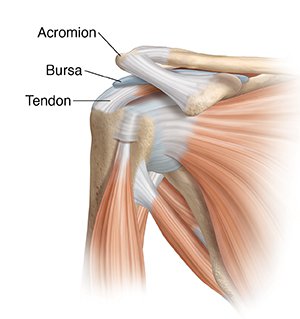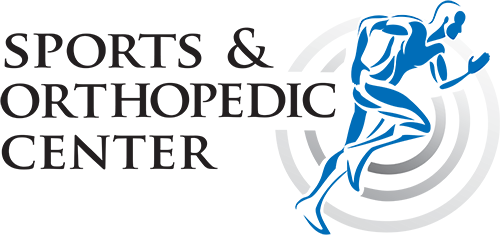ARTHROSCOPIC IMPINGEMENT REPAIR
Shoulder impingement syndrome is a common cause of shoulder pain. It occurs when there is impingement of tendons or bursa in the shoulder from bones of the shoulder. Overhead activity of the shoulder, especially repeated activity, is a risk factor for shoulder impingement syndrome. Examples include: painting, lifting, swimming, tennis, and other overhead sports. Other risk factors include bone and joint abnormalities.
 With impingement syndrome, pain is persistent and affects everyday activities. Motions such as reaching up behind the back or reaching up overhead to put on a coat or blouse, for example, may cause pain.
With impingement syndrome, pain is persistent and affects everyday activities. Motions such as reaching up behind the back or reaching up overhead to put on a coat or blouse, for example, may cause pain.
SYMPTOMS
The main symptom of shoulder impingement is sudden pain in your shoulder when you lift your arm overhead or backward. Other symptoms include:
- minor but constant pain in your arm
- pain that goes from the front of your shoulder to the side of your arm
- pain that gets worse at night
- shoulder or arm weakness
Many cases of shoulder impingement are caused by overuse. Repeated use of the shoulder can make the tendons in your shoulder swell, leading them to “catch” on your upper shoulder bone. In other cases, there’s no known cause.
NON SURGICAL TREATMENT
- Decreasing, modifying or stopping overhead activities
- Stretching and warming up prior to activity
- Icing after activity for 15 to 20 minutes
- Using joint mobilizations to improve joint flexibility and mechanics
- Exercising to optimize posture, flexibility, strength and movement patterns to decrease the risk of impingement
- Progressing the overall treatment plan for return to sport/work activities
- Anti-inflammatory medication as prescribed by a physician
- A cortisone injection into the area of inflammation may be considered
SURGICAL TREATMENT – ARTHROSCOPIC REPAIR
If conservative treatment is not successful in improving symptoms, surgical intervention may be discussed. A shoulder arthroscopy can address the various causes of shoulder impingement and the procedure may include:
- A subacromial decompression, in which the acromion is shaved down to make room for the rotator cuff
- A biceps tenotomy or biceps tenodesis, in which the biceps tendon is either cut (tenotomy) or cut and reattached to the upper part of the humerus (tenodesis)
- A debridement, or removal, of any inflamed tissue that may be causing pain
Arthroscopic subacromial decompression requires at least two 5mm incisions. The arthroscope is introduced through the skin and deltoid muscle to enter the shoulder joint. Once in the joint, a methodical inspection of the tissues is performed looking for tears in ligaments, muscles and tendons. Loose bodies may be found and an overall assessment of the joint surface is made. With this technique, the biceps tendon, rotator cuff tendons and joint can be examined for injuries that may not be evident on an MRI scan or with open surgery.
Arthroscopic impingement repair allows for a shorter recovery time and predictably less pain in the first few days following the procedure than does open surgery.
If you are experiencing frequent shoulder pain and discomfort which has affected your everyday functioning, then don’t hesitate to book a consultation with the Health experts at the Sports & Orthopedic Center to know more about the effective ways of pain management.


